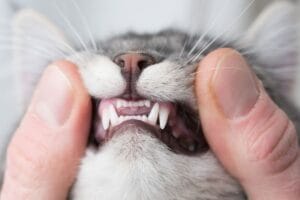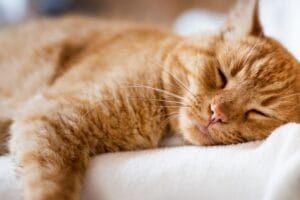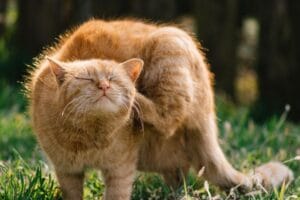Mixing Milk with Dry Cat Food – Everything You Need to Know
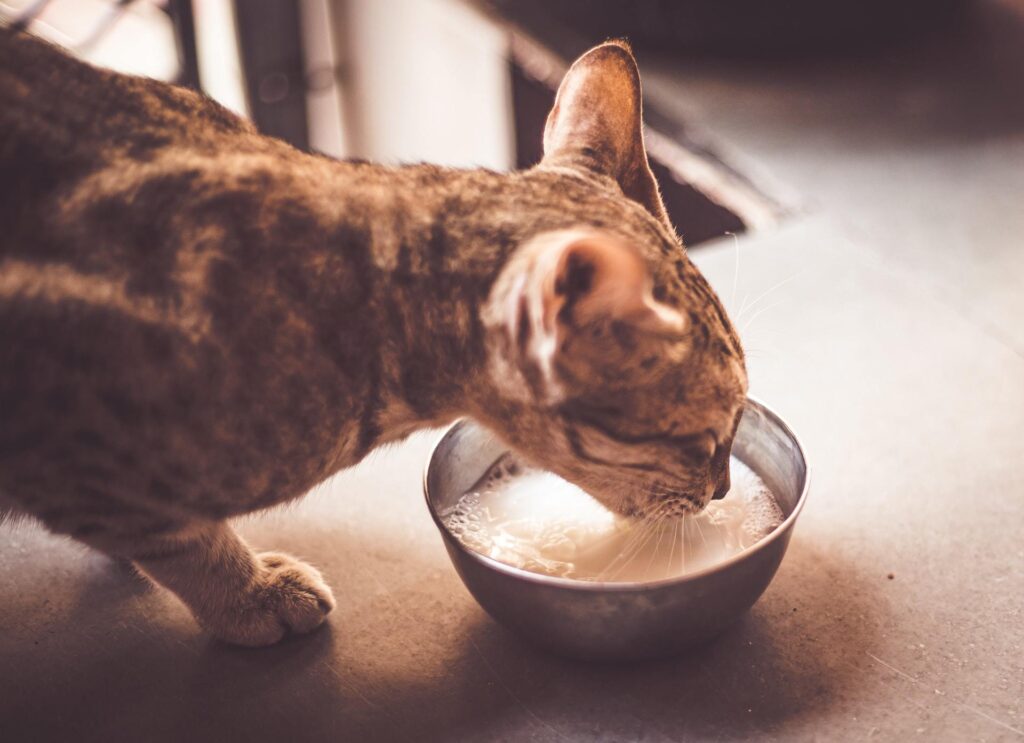
Cat owners often find themselves drawn to the tradition of offering their pet cats a bowl of milk alongside their regular dry cat food. This seemingly innocuous practice, often portrayed in cartoons and media, raises important questions about its nutritional implications and potential health risks.
In this detailed guide, we will delve into the appeal of mixing milk with dry cat food, address common myths and misconceptions, explore nutritional considerations, analyze the pros and cons, and present cat-friendly alternatives.
What Can You Mix With Dry Cat Food?
If you have ever wondered how to enhance your cat’s dry food experience, you’ll be delighted to know that there are a few liquids you can incorporate to add variety and appeal to their meals. Let’s explore these three options for mixing with dry cat food:
- Water: The simplest and most fundamental addition is water. Mixing water with dry cat food can make it easier for cats to chew and swallow, particularly for older or less dental-savvy felines. Besides enhancing the aroma, it ensures your cat remains properly hydrated throughout the day.
- Lactose-Free Milk: Many cats adore the taste of milk, but most adult cats are lactose intolerant. However, you can opt for specially formulated lactose-free milk designed for feline consumption. A small amount of this creamy liquid can be mixed with dry food, creating a tantalizing mealtime experience for your furry companion.
- Wet Cat Food: Combining dry cat food with wet cat food is a fantastic way to provide a balanced and nutritionally complete meal. Wet cat food adds moisture to the diet, helping to prevent dehydration, and offers a variety of flavors and textures to keep your cat excited about their meals.
When introducing any new liquids to your cat’s diet, take a gradual approach and monitor their response closely. With these creative mix-ins, you can create mealtime bliss for your beloved feline companion.
Can You Add Milk to Your Cat’s Dry Food?
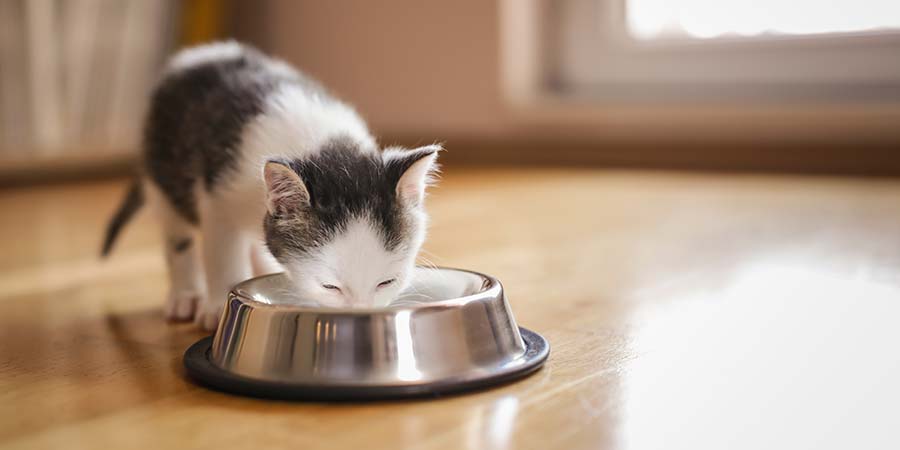
The question of whether Mixing Milk with Dry Cat Food is safe and beneficial for our pet cats remains a topic of debate among cat owners. While the image of a contented cat lapping up a saucer of milk is endearing, it’s essential to approach this practice with caution.
The short answer is: Yes, it’s okay mixing milk with dry cat food as long as it’s lactose-free milk and you don’t make a habit of feeding your cat milk with dry cat food.
Adult cats are generally lactose intolerant, lacking the enzyme required to digest milk properly. Consequently, adding milk to their dry food could lead to digestive issues, such as diarrhea and discomfort.
However, some cats may tolerate lactose-free milk, which eliminates the risk of adverse reactions. If you’re considering adding milk to your cat’s diet, it’s vital to consult your veterinarian first to determine if it aligns with your cat’s individual health needs.
In most cases, it’s safer to focus on providing a nutritionally balanced diet of high-quality dry cat food and plenty of fresh water to keep your feline companion healthy and happy.
Pros and Cons of Mixing Milk with Dry Cat Food
Here are some pros and cons of mixing milk with dry cat food. These will help you decide whether it’s beneficial for you to add milk to your cat’s dry food or not.
Advantages of Mixing Milk with Dry Cat Food:
1- Enhanced Palatability and Meal Enjoyment: Mixing a small amount of milk with dry cat food can entice even the most finicky felines, making mealtime a more enjoyable experience for them. The creamy texture and unique taste of milk can add a delightful touch to their regular kibble.
2- Extra Hydration Benefits: Cats are notorious for their tendency to be indifferent water drinkers, leading to potential dehydration risks. Mixing milk with dry cat food can provide an alternative source of hydration, ensuring they consume sufficient fluids to support their overall health.
3- Added Calcium and Protein Intake: Milk is naturally rich in calcium and protein, both of which are essential nutrients for feline health. Introducing milk as an occasional treat can supplement their diet with these beneficial elements, contributing to strong bones and muscles.
Disadvantages of Mixing Milk with Dry Cat Food:
1- Digestive Disturbances and Diarrhea: The majority of adult cats are lactose intolerant, lacking the enzyme lactase necessary to digest milk sugars properly. Consequently, mixing milk with dry cat food can lead to gastrointestinal disturbances, causing diarrhea and discomfort.
2- Weight Management Challenges: While milk contains valuable nutrients, it is also a calorie-dense liquid. Overindulgence in milk can lead to excessive caloric intake, potentially resulting in weight gain, particularly if not offset with regular physical activity.
3- Risk of Allergies or Sensitivity: Some cats may develop allergic reactions or sensitivities to the proteins found in milk, leading to skin issues, itching, or digestive problems. This can be particularly concerning for cats with existing food sensitivities or allergies.
In conclusion, while incorporating milk into a cat’s diet can offer certain benefits, it’s essential to exercise caution and consider individual factors, such as lactose tolerance and dietary sensitivities. As with any dietary modification, moderation is key to avoiding potential health risks.
Alternatives to Milk for Cats
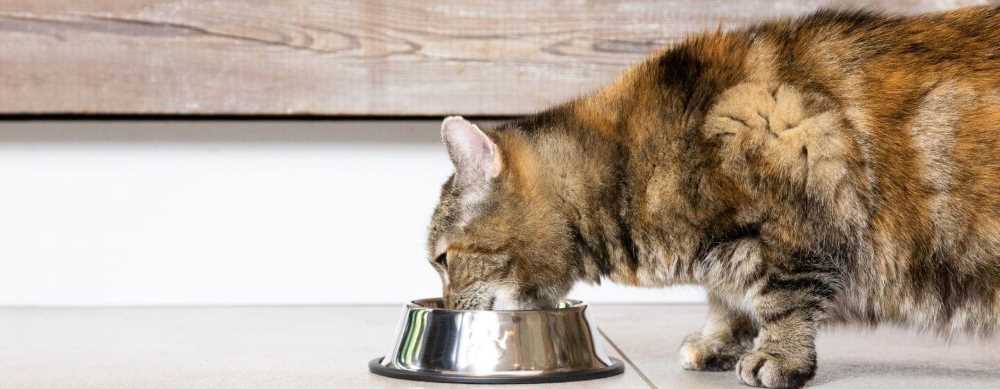
If you’re seeking alternatives to milk for your feline companion, rest assured that there are numerous options to keep their taste buds satisfied and their health in top shape. Here are some fantastic alternatives to consider:
- Water: The simplest and most vital alternative to milk is plain water. Providing fresh, clean water in abundance ensures your cat remains adequately hydrated, promoting optimal kidney function and overall well-being.
- Lactose-Free Milk: For cats who enjoy the taste of milk but are lactose intolerant, lactose-free milk offers a suitable alternative. This specially formulated milk eliminates lactose, reducing the risk of digestive upsets.
- Wet Cat Food: Wet cat food is an excellent option for adding moisture to your cat’s diet. With a higher water content than dry food, it supports hydration while providing essential nutrients in a variety of flavors and textures.
- Bone Broth: Offering bone broth as an occasional treat can add a tasty and nutritious twist to your cat’s meals. The broth contains valuable vitamins, minerals, and collagen that promote joint health and digestion.
- Cat-Safe Herbal Tea: Certain herbal teas, like catnip or chamomile, can be brewed and offered in small amounts as a delightful and safe treat, appealing to your cat’s senses.
By incorporating these cat-friendly alternatives, you can create a diverse and nutritious meal plan that will keep your furry friend purring with contentment and in optimal health. As with any dietary changes, it’s essential to introduce new foods gradually and observe your cat’s response to ensure they thrive on their modified diet.
Best Practices for Cat Nutrition
Providing proper nutrition is essential for your cat’s overall health and well-being. To ensure your feline friend enjoys a balanced and wholesome diet, consider the following best practices:
- Choose High-Quality Cat Food: Opt for reputable cat food brands that meet AAFCO standards. Look for formulations tailored to your cat’s life stage (kitten, adult, senior) and specific health needs.
- Focus on Protein: Cats are obligate carnivores, and protein is a fundamental component of their diet. Ensure their food contains high-quality animal-based proteins for muscle maintenance and overall vitality.
- Monitor Portion Sizes: Obesity is a common issue in cats. Carefully measure and regulate portion sizes to maintain a healthy weight and prevent potential health problems.
- Provide Fresh Water: Always have fresh, clean water available for your cat to drink. Proper hydration is crucial for kidney function and overall health.
- Consider Wet Cat Food: Incorporating wet cat food can increase your cat’s water intake and add variety to their diet. It is especially beneficial for cats that struggle to drink enough water.
- Treats in Moderation: Treats can be a wonderful way to bond with your cat, but offer them in moderation to avoid overindulgence and potential nutrient imbalances.
- Avoid Harmful Foods: Certain human foods, such as chocolate, onions, garlic, and grapes, can be toxic to cats. Ensure they don’t have access to harmful substances.
By following these best practices, you can promote optimal cat nutrition and support your furry companion’s overall health and longevity.
Conclusion
Understanding the complexities of feline nutrition is crucial for responsible pet ownership. While the idea of mixing milk with dry cat food may evoke nostalgia and endearing images, it is essential to prioritize our cats’ well-being and health. While some cats may tolerate milk or enjoy lactose-free alternatives in moderation, it should not replace the primary dietary component.
